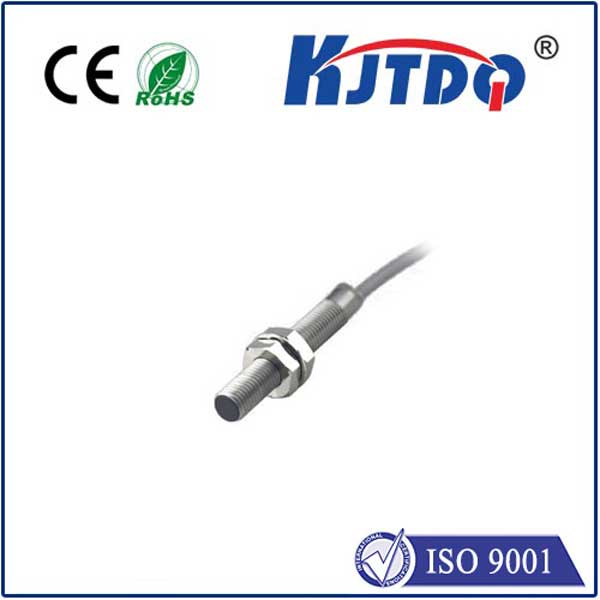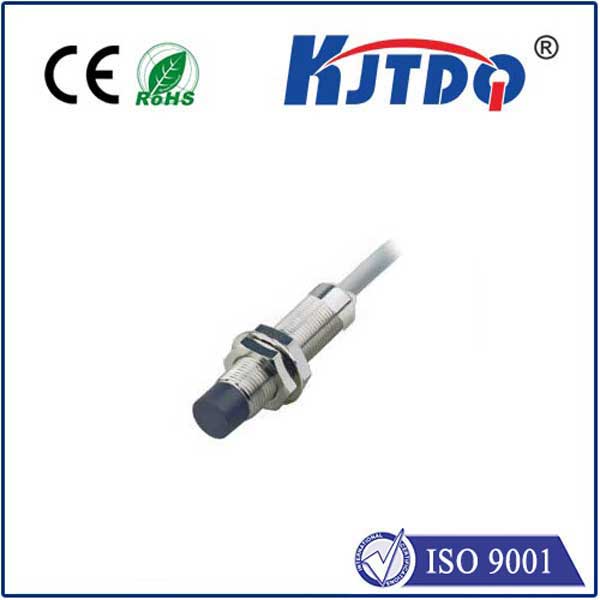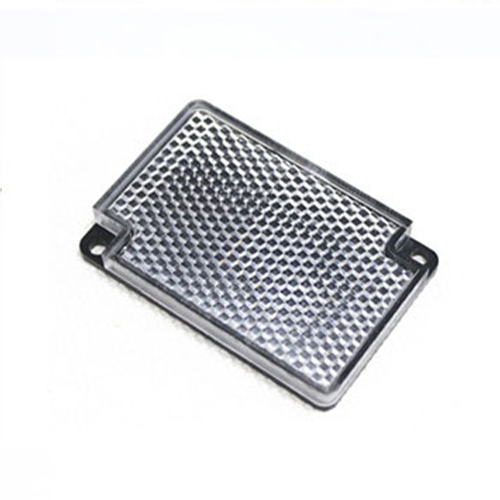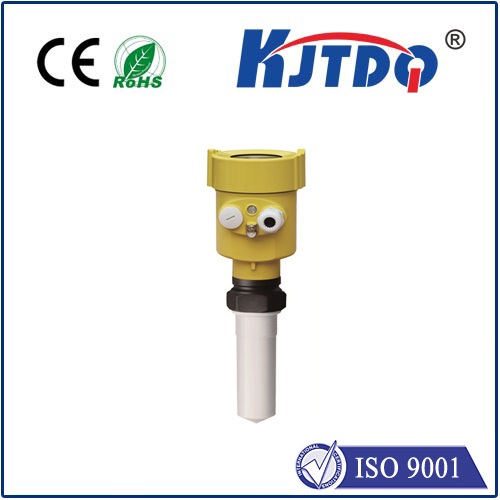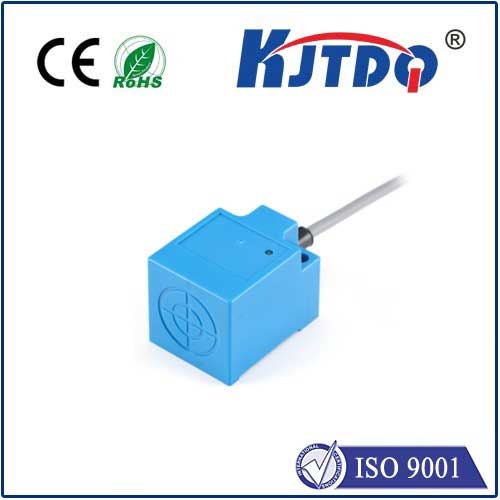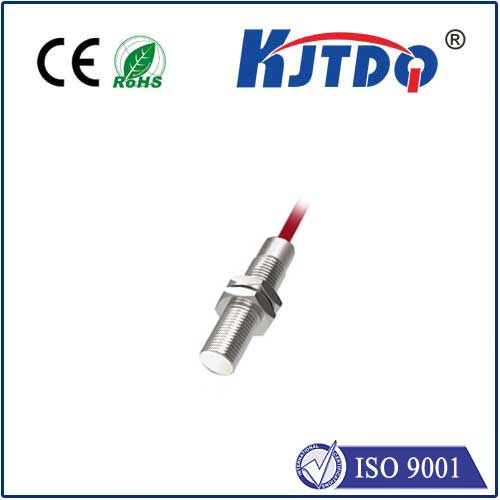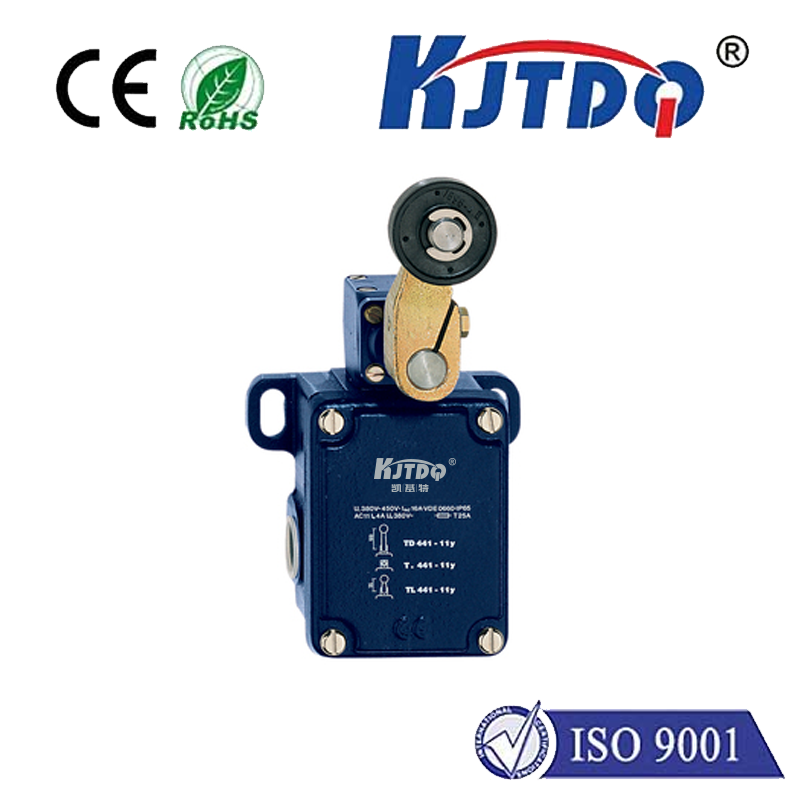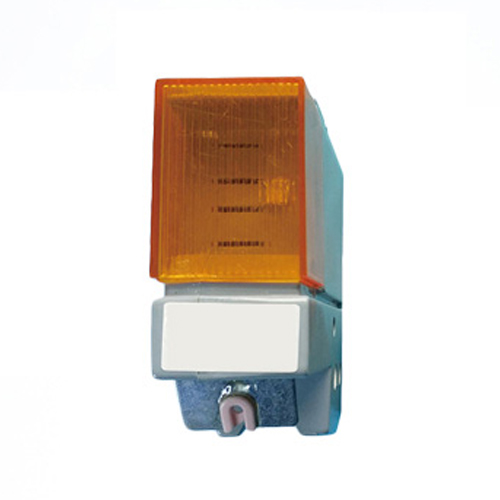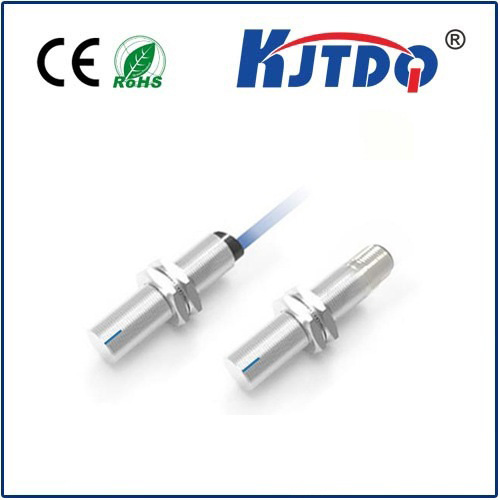retroreflector sensor
- time:2025-08-15 02:45:49
- Нажмите:0
Retroreflector Sensors: The Unseen Heroes of Precise Detection
Forget ordinary reflections. Imagine a specialized material that, when struck by light, sends that beam precisely back along the path it came from, no matter the angle of approach. This isn’t science fiction; it’s the core principle of a retroreflector, and when paired with an intelligent light source and detector, it becomes one of the most robust and reliable sensing technologies available: the retroreflector sensor. These sensors form the invisible backbone of countless applications demanding exceptional accuracy and unwavering reliability in challenging environments.
Demystifying the Retroreflective Magic
At the heart of this technology lies the retroreflective target. Unlike a standard mirror, which reflects light at an angle equal to its incidence (specular reflection), or a white wall, which scatters light diffusely, a retroreflector employs clever structures – typically arrays of microscopic glass beads or precision-machined cube-corner prisms. These structures act like countless miniature “corner mirrors.”
- Glass Bead Retroreflectors: Think of the reflective paint used on road signs or safety vests. Each tiny glass sphere bends incoming light, reflects it off its internal rear surface, and bends it again, sending it largely back towards the source.
- Cube-Corner Prisms: These are solid, pyramidal prisms with three mutually perpendicular faces meeting at a point (the apex). Light entering the base refracts, bounces sequentially off each internal face (total internal reflection), and exits the base parallel to its incoming path but travelling in the opposite direction. This method offers superior optical efficiency and divergence control compared to beads.
The Sensor System: Light Emitter, Target, and Receiver
А.retroreflective photoelectric sensor completes the system:

- Emitter (Light Source): Typically an LED (infrared, red, or laser), it projects a beam of light towards the retroreflector target.
- Retroreflector Target: Positioned opposite the sensor unit, it catches the emitted light and efficiently sends it straight back along its original path.
- Receiver (Detector): Co-located with the emitter in the sensor housing, it looks for the returning beam. When the retroreflector is present and aligned, a strong signal is detected.
The Power of Interruption: Sensing Logic
The primary mode of operation is based on beam interruption. When an object passes between the sensor head and the retroreflector target, it blocks the light beam. The receiver detects the sudden loss of the strong retroreflected signal, triggering the sensor’s output.
- Presence Detection: Indicates an object is present in the detection zone when the beam is blocked.
- Absence Detection: Confirms the target is correctly positioned when the beam is uninterrupted (often used for verification or guarding).
Why Choose a Retroreflector Sensor? Key Advantages
This unique sensing method offers compelling benefits over alternatives like diffuse or through-beam sensors:
- Exceptionally Long Sensing Ranges: Because the light travels to the target and back, and because retroreflectors are incredibly efficient, these sensors can achieve detection distances far exceeding those of simple diffuse sensors (sometimes hundreds of meters). One sensor head handles both emission and reception, simplifying setup compared to through-beam.
- High Reliability & Signal Stability: The tightly collimated, directly returned beam provides a consistently strong signal when unobstructed. This minimizes false triggers caused by stray light or background objects that plague diffuse sensors.
- Simplified Installation & Alignment: Only Один. unit (sensor head) needs wiring and mounting. Alignment involves pointing the sensor towards the retroreflective target; the wide acceptance angle of the retroreflector itself provides significant tolerance. Initial setup and later maintenance are significantly streamlined.
- Robust Performance in Challenging Environments: The strong, directed signal makes retroreflective sensors more resistant to interference from dust, smoke, vibration (alignment shift is less critical due to the retroreflector’s properties), and ambient light variations compared to diffuse sensors. They excel in industrial settings, logistics, and outdoor applications.
- Highly Accurate Position Detection: The precise nature of the returned beam allows for very accurate detection of edges or specific positions, especially crucial in manufacturing automation and robotics.
Where the Magic Happens: Practical Applications
The robustness, range, and reliability of retroreflective sensors make them indispensable across diverse sectors:
- Промышленная автоматизация: Detecting presence/absence of objects on conveyors, monitoring pallet positions in racks, verifying part placement in assembly, checking robot end-of-arm tooling positions, safeguarding access to hazardous areas (safety light curtains often use retroreflective principles).
- Material Handling & Logistics: Counting boxes on conveyors, detecting vehicles at loading docks, verifying container door positions, controlling automated guided vehicles (AGVs) via detection of retroreflective tape paths or beacons.
- Transportation & Traffic Management: Vehicle detection at intersections (using road-mounted sensors and under-vehicle reflectors), triggering traffic signals, monitoring train car positions, detecting level crossing gate obstructions.
- Packaging Machinery: Precise registration mark detection for print/cut alignment, verifying label application, bottle/cap presence checks. The high accuracy and reliable detection are critical here.
- Access Control & Security: Door/window position monitoring (open/closed), detecting entry/exit through defined portals.
- Outdoor & Harsh Environments: Perimeter security monitoring over long distances, equipment positioning in construction or agriculture.
Selecting the Right Retroreflective Sensor
Consider these factors for optimal application performance:
- Sensing Range: Choose a sensor rated for distances significantly greater than your actual required range to ensure margin for alignment and signal strength.
- Beam Type: Standard visible red for ease of alignment, powerful infrared for longer ranges or invisibility, laser for extremely precise positioning or small object detection.
- Target Size & Reflectivity: Larger, higher-grade retroreflectors return more light, enabling longer ranges or more reliable detection.
- Environmental Conditions: Select sensors rated for the specific conditions (dust, moisture, temperature, vibration).
- Output Type: NPN, PNP, relay, analog – match to your control system.
- Special Features: Some sensors offer background suppression logic to ignore objects beyond the target, polarized filters to reject false signals from shiny surfaces (like wet floors), or teachable sensitivity thresholds.
Beyond Basic Presence: Advanced Capabilities
The fundamental principle of retroreflective detection has evolved. Modern sensors offer enhanced functionalities:
- Polarized Retroreflective Sensors: Incorporate a polarizing filter over the emitter and a cross-polarized filter over the receiver. This allows them to ignore light reflected from ordinary shiny surfaces (which often preserves polarization), while still detecting the uniquely depolarized light returning from a retroreflector. Crucial for reliable operation where reflective backgrounds exist.
- Distance-Measuring Retroreflective Sensors: By precisely analyzing the properties of the returned light, some sensors can determine the exact distance to the retroreflective target, enabling applications like precise positioning feedback or detecting target displacement along the beam path.
- Multi-Axis Detection: Combining retroreflective principles with sophisticated optics for detecting targets in complex 3D spaces.
From ensuring the smooth flow of manufacturing lines to guiding autonomous vehicles and keeping traffic moving safely, retroreflective sensors are a prime example of ingenious physics enabling robust, precise, and reliable automation solutions across the modern world. Their unique ability to harness the power of retroreflected light makes them essential tools where distance, stability, and unwavering performance are paramount.

